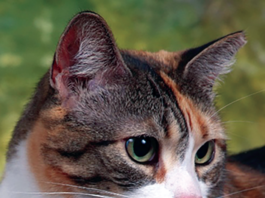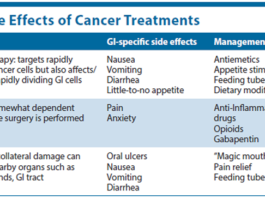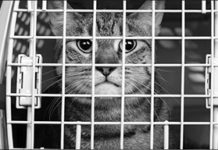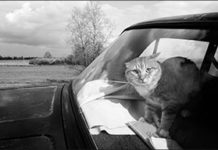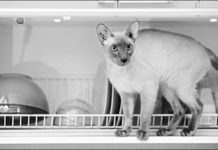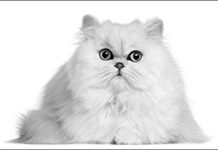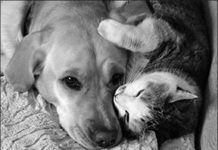Shelters’ New Challenge: Dentistry
If you visit an animal shelter to adopt a cat, you may be surprised to learn that some animals have received dental treatment. In a new and growing movement among shelters, veterinarians and supervised technicians are cleaning teeth, extracting fractured ones and treating inflammation of the gums to boost cats’ chances of winning permanent homes.
The One-Eighth-Inch-Long Menace
Summer brings blooming flowers, singing birds and — biting fleas. Warm weather awakens the fleas, if indeed they were ever asleep. Rising temperatures attributed to global warming are shortening the fleas’ long winter naps and in some areas, eliminating them entirely, making flea bites a year-round risk for cats.
Best Advice for Safe Travel: Buckle Up!
If you’re taking your cat or cats on vacation this summer, you’ll be in pet-loving company. Six percent of owners take their cat with them when they travel two nights or more, according to the American Pet Products Association.
Shelters New Challenge: Dentistry
If you visit an animal shelter to adopt a cat, you may be surprised to learn that some animals have received dental treatment. In a new and growing movement among shelters, veterinarians and supervised technicians are cleaning teeth, extracting fractured ones and treating inflammation of the gums to boost cats’ chances of winning permanent homes.
Burns Call for Quick Action at Home
Cats who counter surf during food preparation, chew on exposed electrical cords or brush up against burning candles are all at risk for burns. Pink-nosed, light-colored cats who seek sunny spots outdoors for prolonged naps are also vulnerable — another reason to keep cats inside.
Facing a Hard Fact: Our Cats Are Fat
Veterinarians classify 54 percent of cats in the U.S. as overweight or obese, according to a study by the Association for Pet Obesity Prevention. That’s about one in two cats or about 47 million. The association calls the situation — without irony — an “expanding epidemic.”
Anatomy’s Impact on the Eyelids
If you notice your cat squinting or his eyes watering, he may be suffering from entropion, a condition that causes part of the eyelids to fold inward and eyelashes to rub on the eyes’ surface. It usually affects the lower eyelids but can also impact the upper lids, in either case causing considerable discomfort.
When Normal Yeast Goes Wild
You won’t sniff out this culprit, but you’ll see its work, the strong-scented fungal infection that causes a cat to scratch-scratch-scratch his ears or chew his paws to rawness. The tiny perpetrator: an overabundance of microscopic yeast.
Ask Elizabeth: May 2014
Q I have a 3-year-old male domestic shorthaired cat who has been diagnosed with Feline Hyperesthesia Syndrome [believed to be an obsessive condition or seizure, involving excessive scratching, vocalization, grooming, running about and skin rippling on the back], and I have been giving him holistic remedies to treat him. I am dismayed by the relative lack of acceptance of alternative medicine by the veterinary medical profession. What are your thoughts on this issue?
Anatomys Impact on the Eyelids
If you notice your cat squinting or his eyes watering, he may be suffering from entropion, a condition that causes part of the eyelids to fold inward and eyelashes to rub on the eyes’ surface. It usually affects the lower eyelids but can also impact the upper lids, in either case causing considerable discomfort.
Ask Elizabeth: April 2014
Q. I lost my calico after 17 years and miss her greatly. I am 79; my husband, 83. I have no children. I would like to adopt another cat, an older one, but worry that at our age, the cat may outlast us or that in coming years we may have to go into assisted living. Is it fair or wise to take on the responsibility of a cat at our age? Thank you for whatever advice or insight you can give into this situation.
Peace and Harmony Among Pets
Nearly four out of 10 pet-owning households in the U.S. have more than one animal — multiple cats, dogs or a variety of other pets, according to the American Pet Products Association. No matter the combination, the potential for conflict always exists, especially with different species whose biological and behavioral imperatives run counter to each other.



